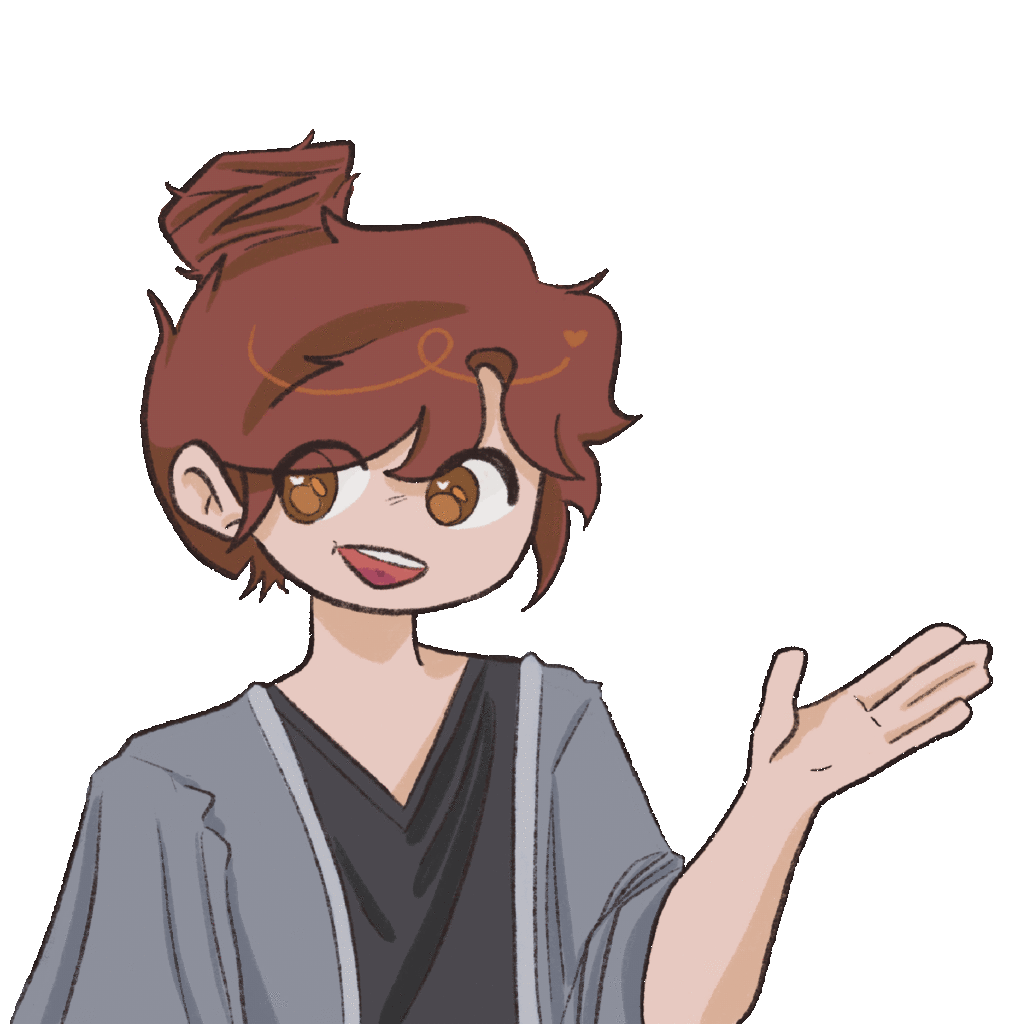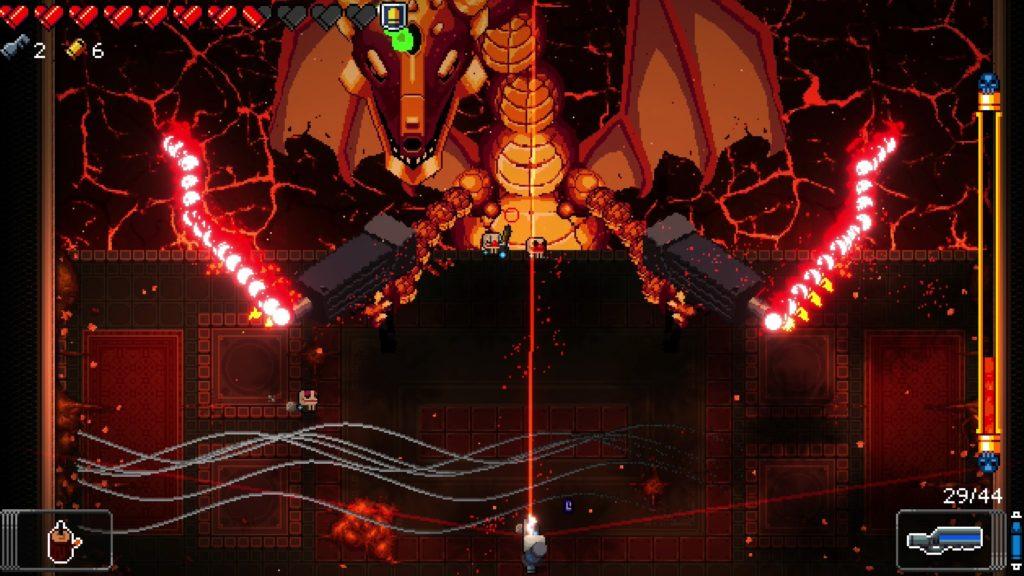Q1. Will players understand what role they’re playing and what the goal is?
We want players to immediately understand who they are in the game and what they’re supposed to do. If that’s unclear, it’s hard for them to feel invested. To explore this, we’re planning to make a role prototype, most likely a low-fidelity storyboard or a short video that walks through a basic scenario. Our hunch is that players will generally understand the premise, but we may need to improve how we communicate their role through clearer interface design or in-game prompts, especially at the beginning.
Q2. What does it feel like to interact with the core mechanic? Is it fun?
We believe a big part of what makes a game successful is how satisfying it feels to play. We want to test whether our core mechanic is engaging on a sensory level. For instance, does it feel snappy, intuitive, and rewarding? Wanting to know this, we hope to build a look and feel prototype that focuses solely on the core interaction, using placeholder visuals and audio. We’re guessing that some parts of the interaction will need tweaking, but this prototype should help us zero in on what needs to be adjusted to make the experience feel great.
Q3. Can we implement the mechanic smoothly within performance constraints?
This question is all about technical feasibility. We need to know whether our mechanic can run smoothly on our target devices or if we’re pushing things too far. To test this, we’ll create an implementation prototype, such as a minimal version of just the mechanic, isolated from everything else, to evaluate its performance. We expect it might be a bit rough at first, but it should give us valuable insight into where optimization is needed and help us decide what’s worth building out further.
Q4. How do people emotionally respond to the game’s aesthetic cues?
We’re aiming to create a specific emotional tone in our game, whether it’s playful, mysterious, or something else, and we want to know if our art and even audio sound are actually communicating that. We hope to build another look and feel prototype, but this time, it’ll be a more polished vertical slice, maybe a title screen or a key in-game moment. Our prediction is that players will have emotional reactions, but their interpretations may not always match our intentions. That kind of feedback will be super important for fine-tuning the game’s mood.
Q5. Are players playing as we intended, or are they performing unexpected steps?
We’re also curious to see how players interact with the game once they’re free to explore. Do they use the mechanics as intended or invent new strategies or behaviors we didn’t anticipate? We imagine having a role & look and feel integration prototype that allows for more open-ended play. We expect that players will surprise us, such as finding workarounds, pushing boundaries, or even discovering new ways to enjoy the game. Some of those surprises could end up shaping the direction of our design.



